
Renault Extends Standard Warranty On Kwid, Triber, And Kiger To 3...
- Dec 30, 2024
- Views : 30356

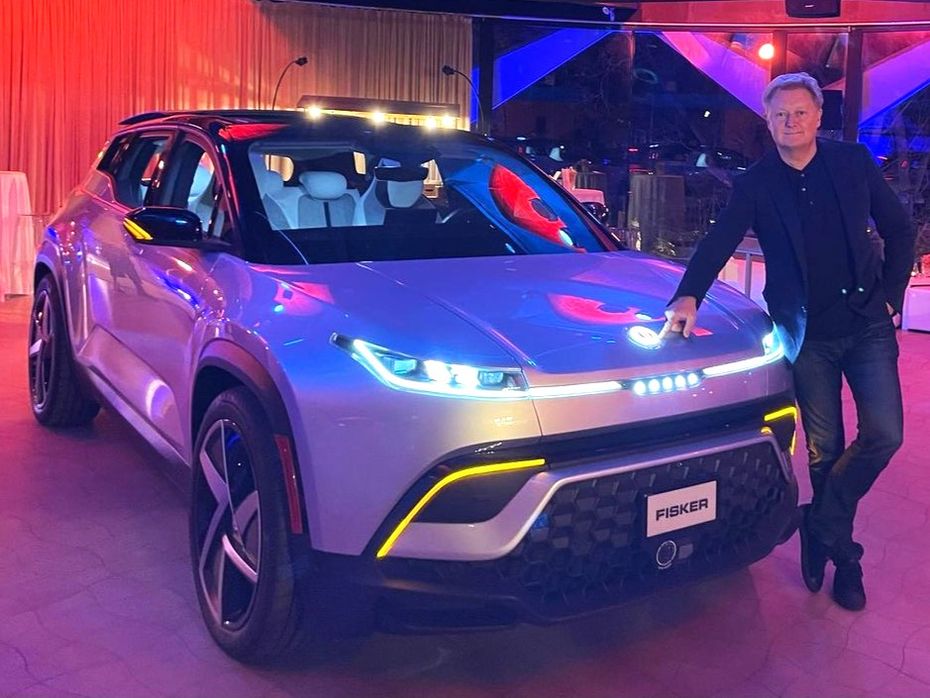
The Indian EV space is expanding rapidly with an increasing number of entries each year. Looking at the market potential and with the intent to establish a presence ahead of competitors, American EV-maker Fisker Inc is planning to bring its first model to India in July 2023. We spoke to the man whose name the company bears, Henrik Fisker, Founder, Chairman and CEO at Fisker Inc, about the brand’s updates for the Indian market, its upcoming models, and various aspects of the model development.
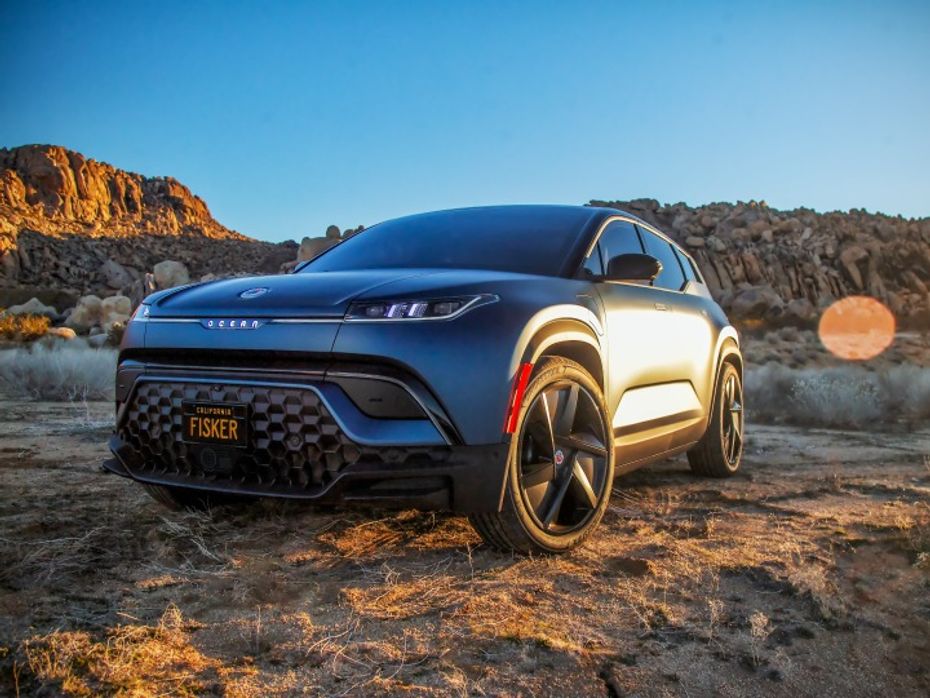
Q: When can we expect to see Fisker cars in India?
HF: We have reservations from India for the Ocean. So actually, we're going to deliver some cars here in July next year. We start the right-hand drive (production) six months after the left-hand drive. So we start in June next year. Okay. So we'll import a few cars.
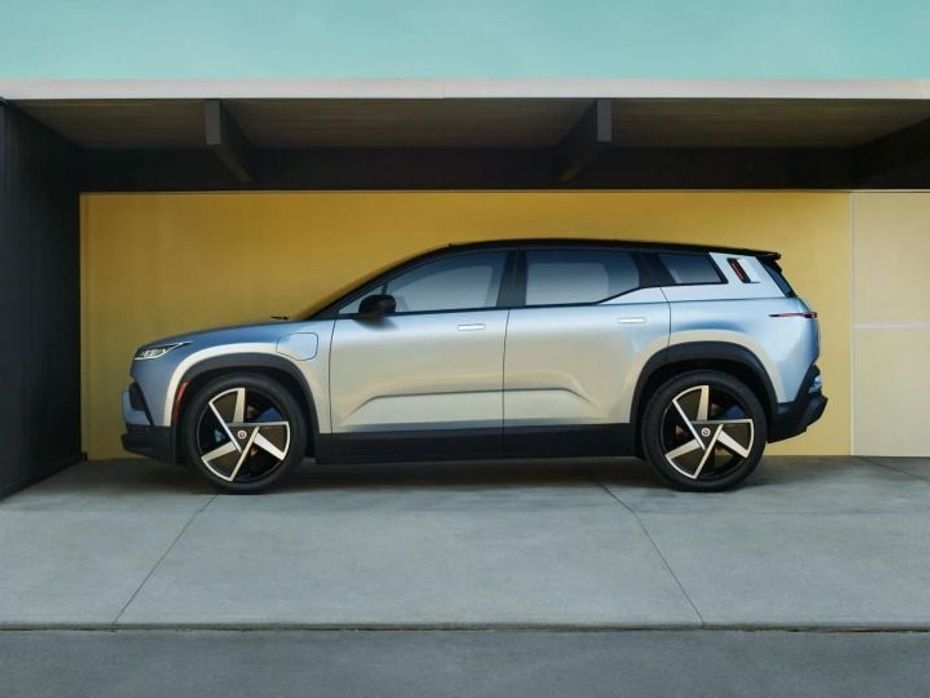
Q: So what price point are you looking at for the Indian customers?
HF: Well, the top version in the US is $69,000 (approx Rs 56 lakh). And, of course, in India, you have import tax. So there, so I would say it's probably gonna be priced in India, pretty close to what a Tesla Model Y is that is important. I don’t know how much that is.
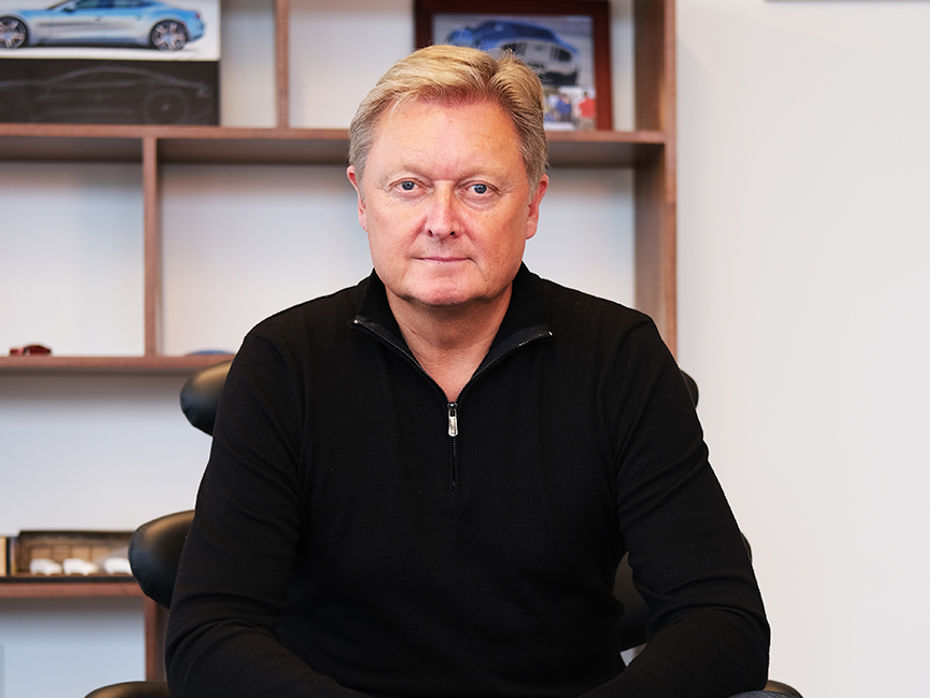
Q: Right now, even as imports, we haven’t really had many Teslas on the Indian roads. That’s sort of why it was impressive to hear Fisker’s future commitment to possibly producing in India as well.
HF: Yeah. I mean, look, I think India is going to be an important market. And I think I'm very confident that India will also go electric, eventually. It might be a little slower but if we are the first one in here, it could be an advantage. So we want to build the brand, we want to bring some cars, and I'm looking for a showroom in Delhi. So we're going to take a look at a couple of malls, because I'm thinking that might be a good place to go. And we are already homologating the Ocean for India. So that's part of our whole homologation process and we include India in that already.
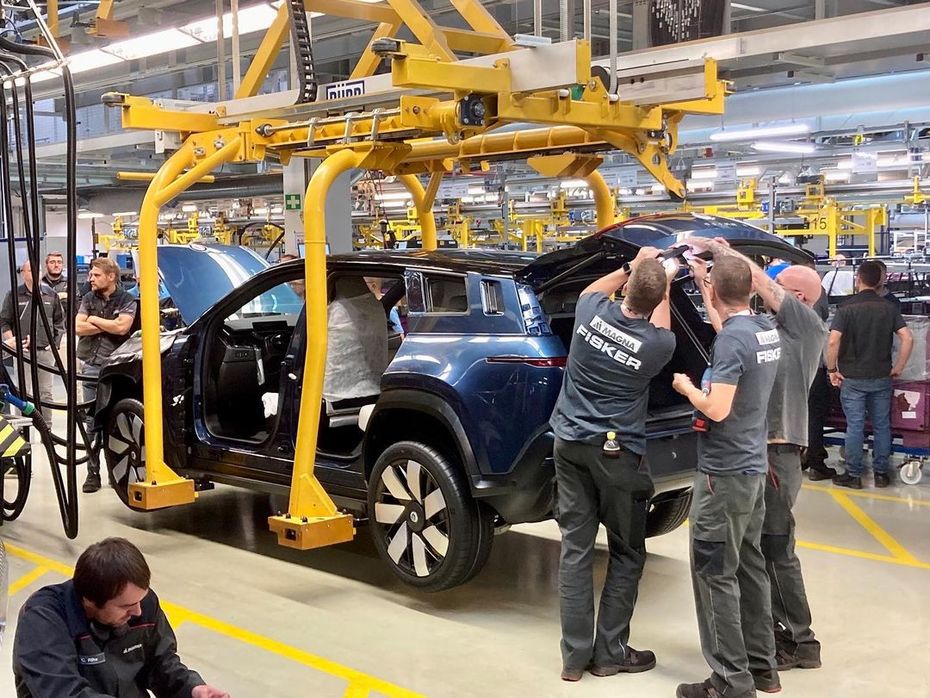
Q: So in that vision for Ocean’s presence in India, do you plan to have only imports or maybe local manufacturing down the road?
HF: I think we will, we will start with some imports. But obviously there won't be a high volume because they're going to be very expensive, we are then going to look eventually for manufacturing here. And whether it's going to be CKD, or full manufacturing, we haven't decided yet. But I think the PEAR programme, the PEAR vehicle, which is, you know, lower cost, that would be an instinct to produce here. So I think if we produce that locally, we should be able to get a really good price on that. Maybe closer to $20,000 (approx. Rs 16.25 lakh). And then you don't have the import tax because it’s produced in India.
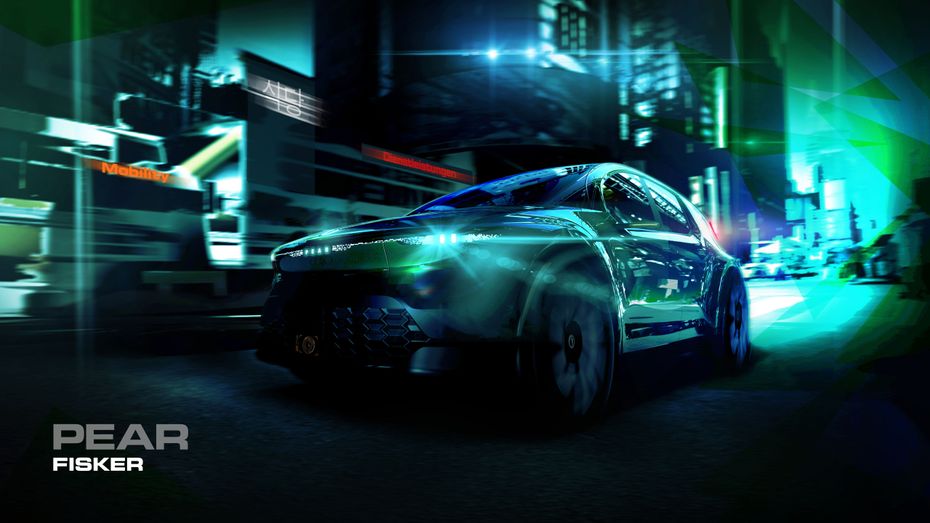
Q: So for the PEAR, you're looking to produce that here with Foxconn as your partner?
HF: We are starting with Foxconn in the US, right. We haven't decided on India, if there would be a partner or joint venture or whatever we will do in India. But obviously, if we do whatever we do in India, we would also need to produce the batteries here. So we would need some sort of joint venture or something for battery production as well.
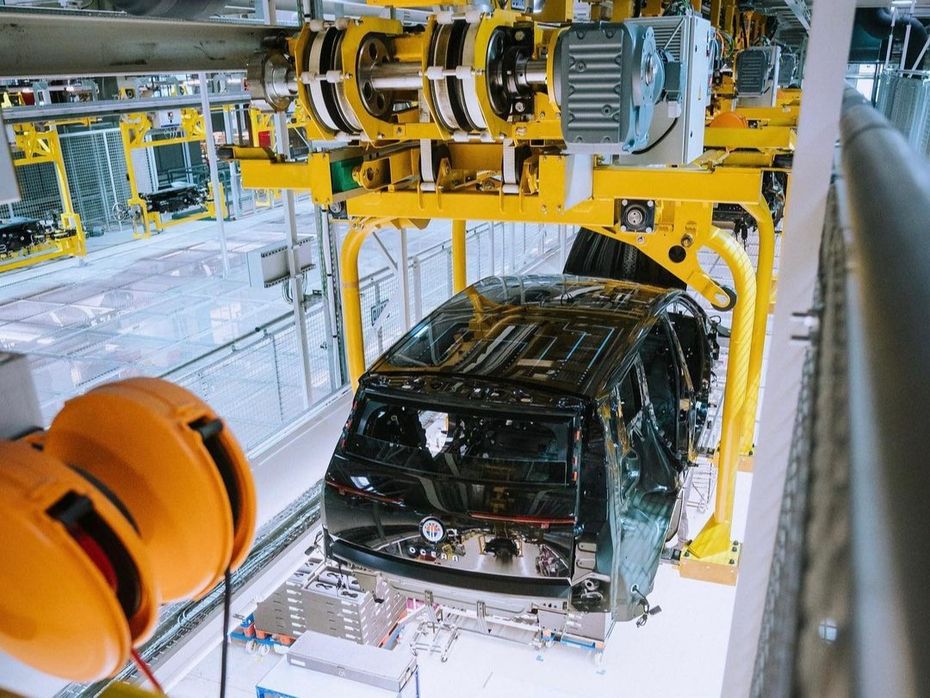
Q: So you're open to partnerships with existing OEMs who are already investing in battery manufacturing in India?
HF: You know, we have a very good partner, CATL (the current battery supplier for the Ocean). And we also have some other battery manufacturers. I think if we partner with somebody, we'll probably be one of the large battery manufacturers.
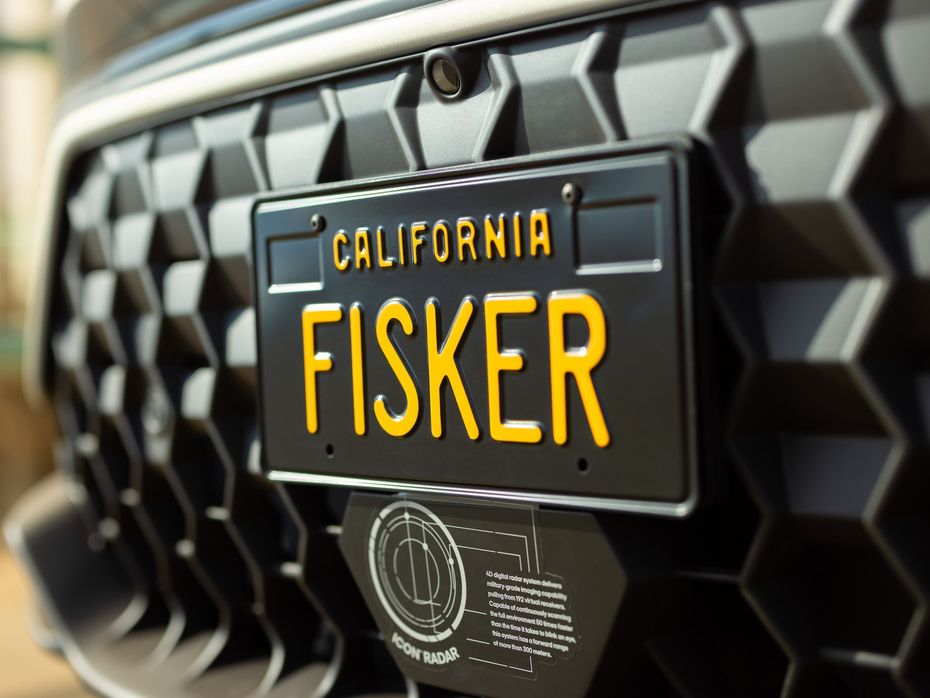
Q: Not with any of the upcoming OEM, EV competitor?
HF: No, no, I think it'd be a pure battery manufacturer. I never say never, because you're talking to a few people. But I mean, anything is open at this point.
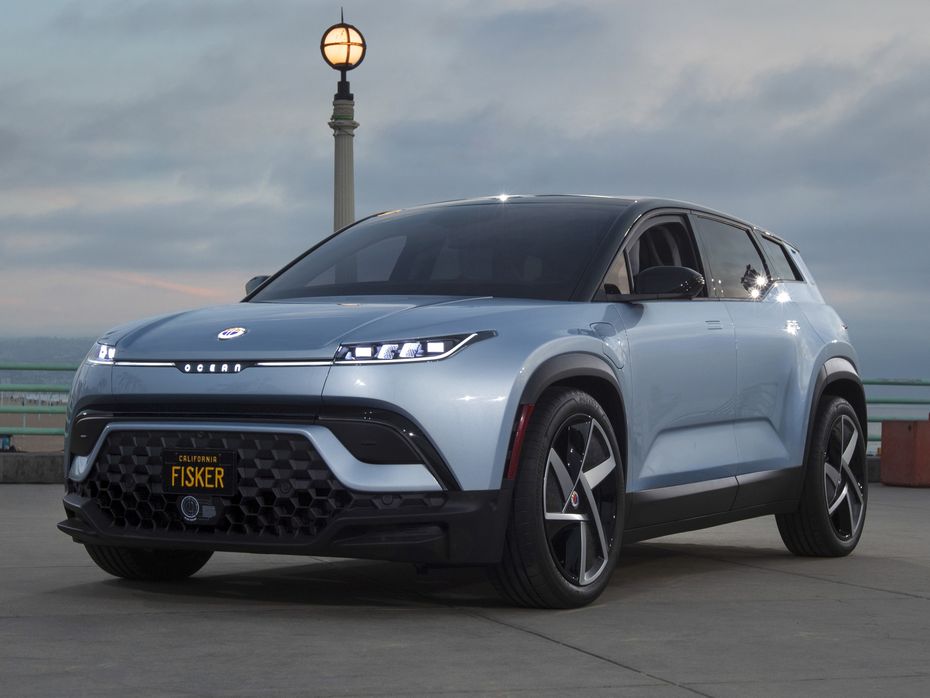
Q: You've managed to begin or you're on target to produce the Ocean as planned. So what's the rough timeline in mind for having more presence in India outside of the current Ocean buyers?
HF: I think that we start now with like I said, July next year, and then we are also putting a showroom next year. And then we want to build the brand up, and then I think we'll monitor how it's going here. And in India next year, I think for local production with CKD or full production, you're probably looking closer to 2025 to 2026 timeframe. We haven't made a firm timing yet, but that's something we would do next year.
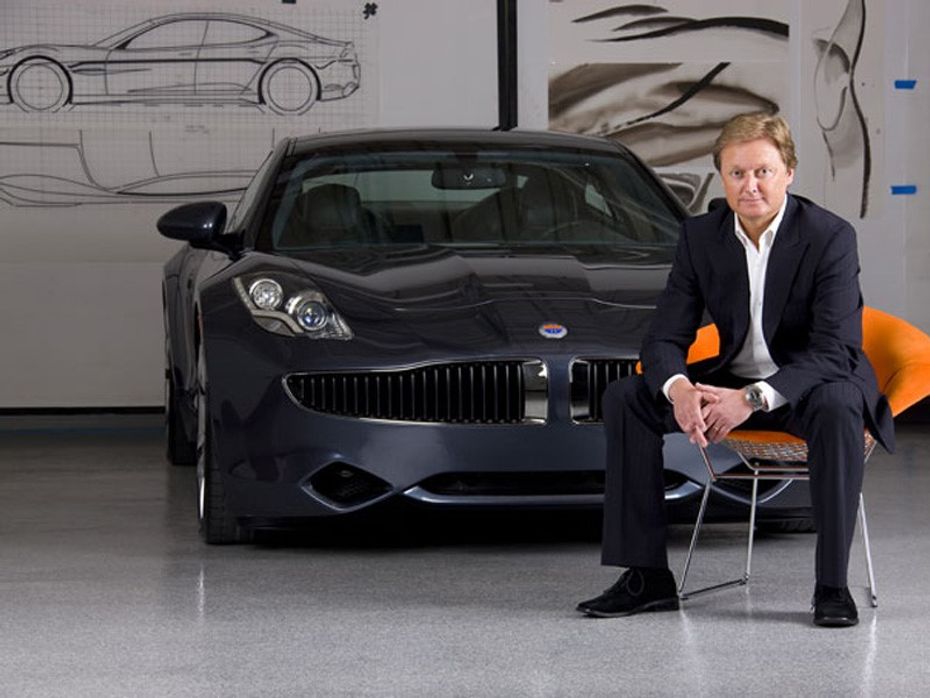
Q: Were your plans for India in any way affected or reshaped after Tesla's back-and-forth with the government for incentives before committing serious investment towards local manufacturing? Did that response from this side of the administration affect your vision for India?
HF: No, not really. I mean, look, I don't think it's in our place to come into India and demand certain things from the government. You know, we are entering into the market however it is, and we compete on the same grounds as everyone else. And if there's a high input tax in India, as there is, we just have to find a way, what do we do for our customers? And that's all a matter of scale. you can’t come into India and build a couple of 1000 cars because you can’t make money on it. I think you need to build at least 30,000 to 40,000 vehicles a year. And then we can look at do we do it alone? Do we do it with a partner? Do we do a joint venture? That's the type of stuff we want to explore next year. But I'm pretty confident we'll have a presence here. And I don't want to make that dependent on whether the government gives incentives or not.
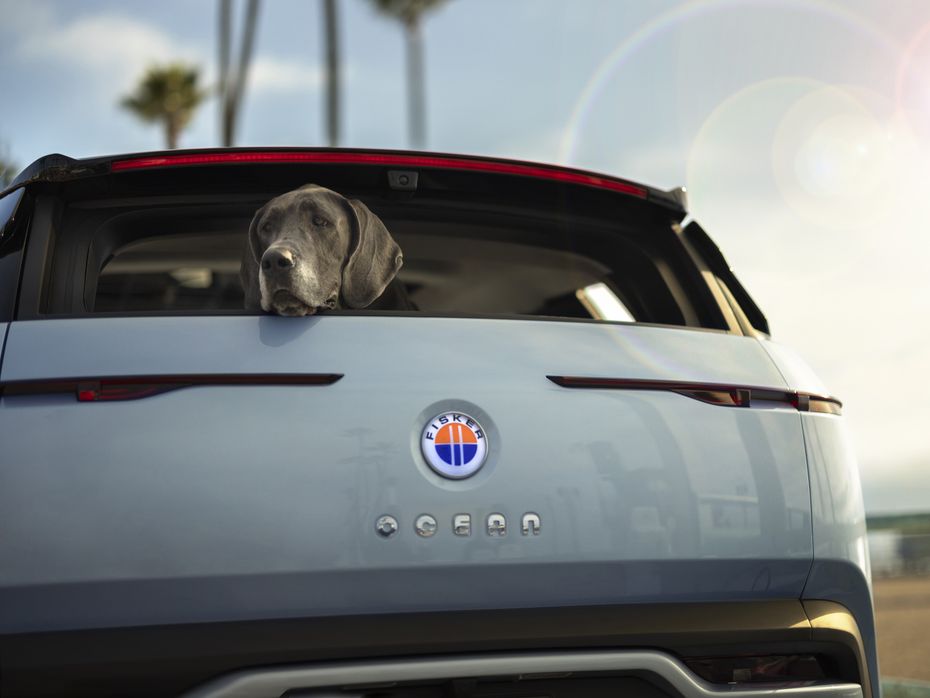
Q: You already have an HQ in India, in Hyderabad, with Fisker Vigyan. How's that progressing?
HF: Yeah, so we already have 50 people there. I’m flying there on Monday. And basically, I think we'll end up having at least 500 people in that facility. And they are actively working on our programme. So it's not something where we have put up a facility to do IT and stuff. They're actually part of the development in the programs, of course, mainly in the areas of software, CAT modelling, etc, everything that's to do with sort of virtual and things you can do with data, right, mainly what they're doing here.
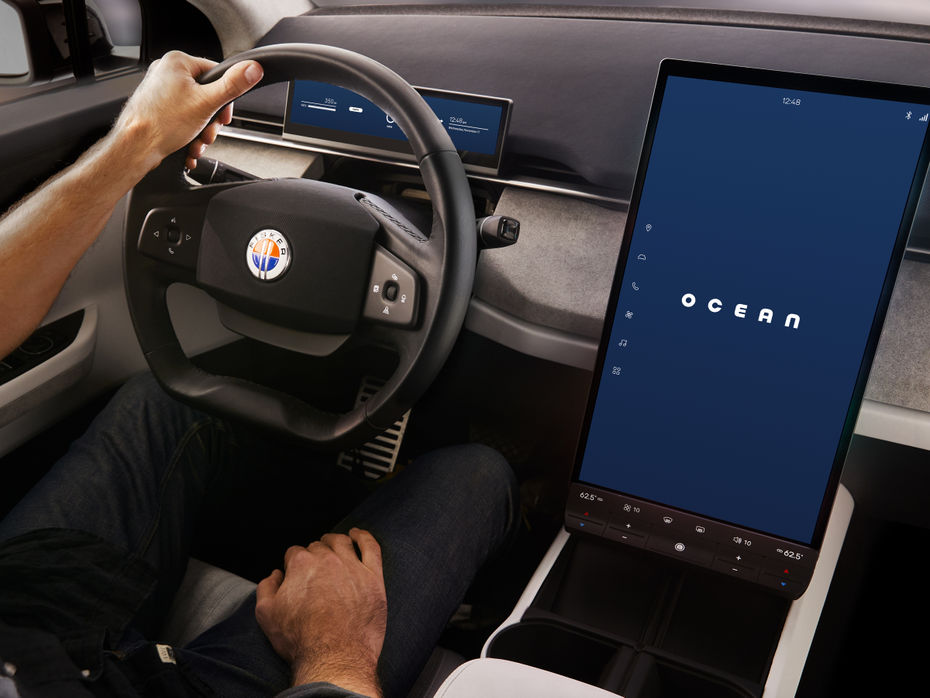
Q: You've already sold out certain variants of the Ocean. Yeah. So how many reservations do you have, as of now?
HF: Well, we have a little over 60,000 reservations. And then, in the US, because of the new inflation act, we were able within a week to say to people, ‘Hey, if you make an order, you will get some tax back, etc. So, we sold out completely this base model, the Sport, and the middle model, the Ultra, in the US for that allocation. And then we have also sold out for our first 5000, the Ocean One.
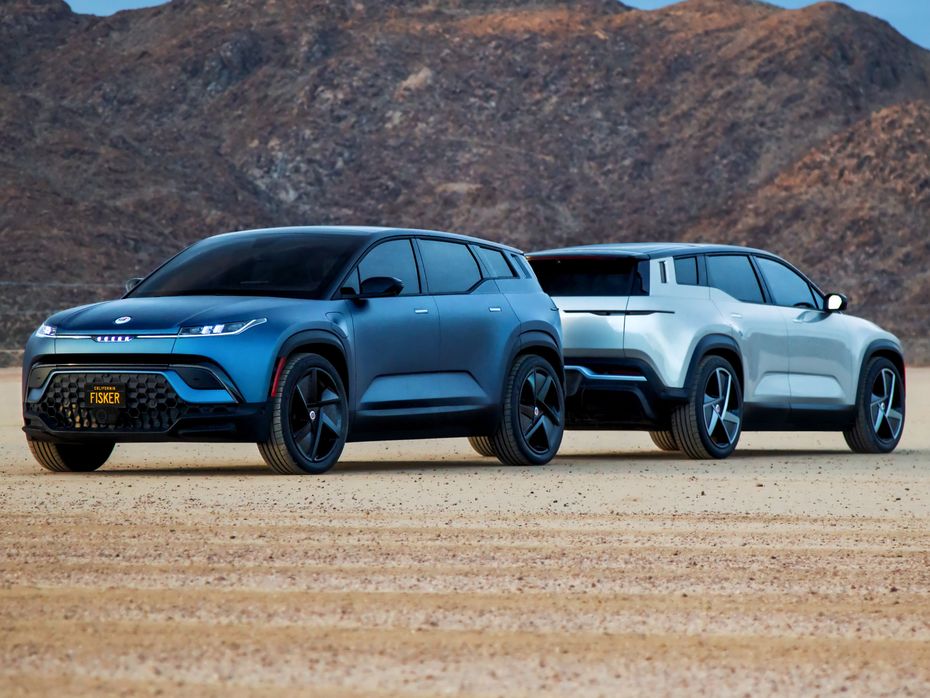
Q: Which is not coming to India, from what I read in its release?
HF: Yeah, I don't think it's coming to India, unless there might have been a couple of people that ordered one here. And if they have ordered one, we might try and bring a couple in.
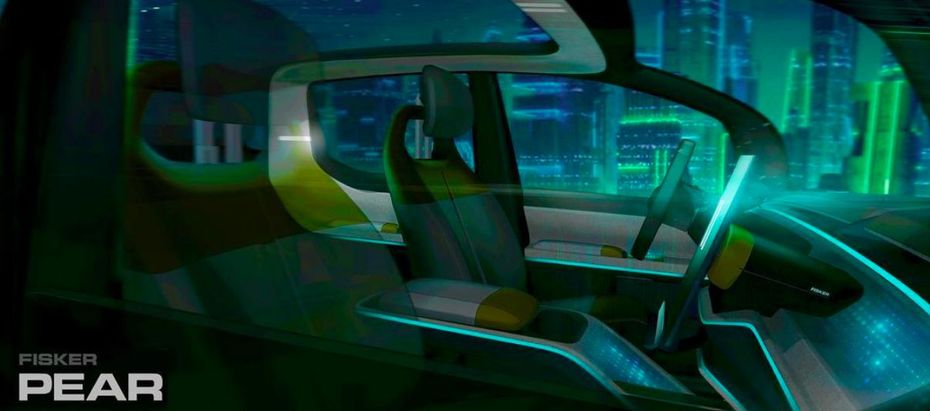
Q: In terms of the PEAR, which is sort of like your EV for everyone kind of project, what's the progress? Because so far, we've only seen certain renderings.
HF: Well, we're not planning to show the vehicle for a while because it's so unique. It's completely different than anything you've ever seen. I actually think when you see it, you'll go wow, what is that? It's a little strange. And it's definitely crazy. Oh, it kind of looks like, you know, you always feel something looks like something. And I don't think this looks like anything that you've seen before. It also has some very unique features, you can park for example, touching another car, and you could still get into the trunk. Like if somebody backs up behind you and even touches you, you can still open the trunk, which means a whole new way of opening the trunk. We call it the Houdini trunk, because it really just disappears.
We have a lot of other interesting things on the vehicle that really just sets it apart from anything. And I think this vehicle could really take a sizable market share, because it's so unique. And we definitely want to bring that to India. And that's the vehicle we imagine building in India, for the Indian market, and maybe a few, you know, countries around India, because I think maybe here building it locally. I mean, in the US, we're going to start at $29,000 (approx. Rs 23.56 lakh). If you build it in India and you build batteries here, and we do all this assembly here, and we get a lot of supplies from here then maybe we can get it close to $20,000 (approx. Rs 16.25 lakh). And then it becomes really interesting.

Q: With an Indian focus, I'm sure you must have observed Tata has made leaps with one key product that claims around 300km and delivers around 250km in the real world. Has that in any way shaped how you see the minimum range requirement for developing markets?
HF: Yeah, I think what we're looking at is that if you have less range, you need even faster charging, right? So we're looking at some new, not completely new, better technology, but a variation of current technology, where we think we can get the charging down to 12 minutes to charge up from 20 to 80%. But I think that if you get to that point people can deal with the less range.
So I think if we need to get to the point where people are now comfortable, there need to be enough chargers. And that's, of course, some of the things we're waiting to see in India, what's going to happen is there are going to be more charges put up. Is the Indian government going to make some incentives? What's going to happen? We don't know that yet. So that's what I kind of want to monitor next year to kind of see what is the level of movement that's going to happen here.
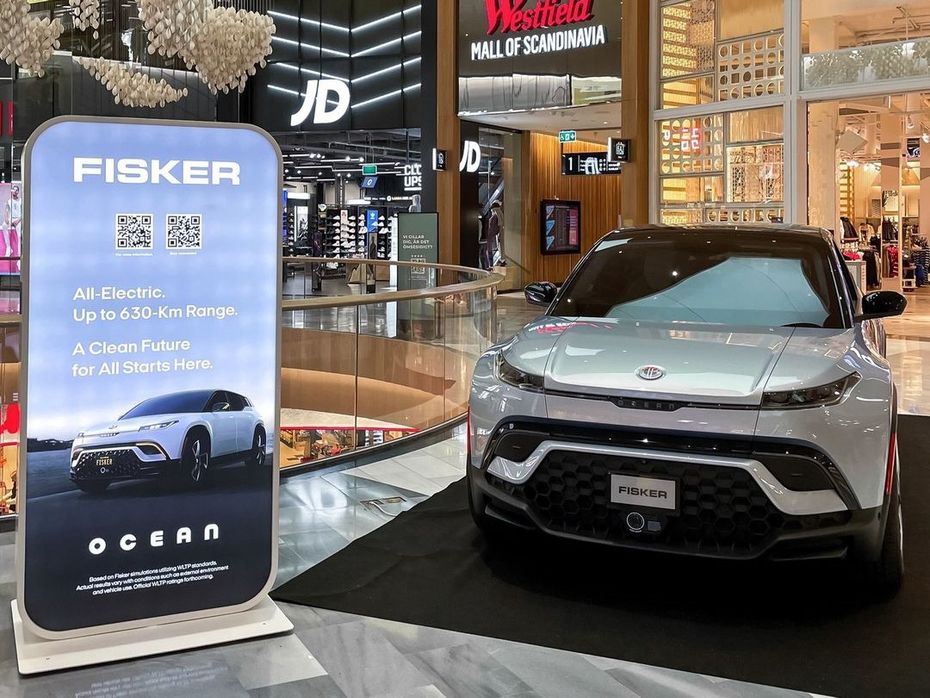
Q: You mentioned dealerships early on. Can you share more?
HF: We call them Fisker lounges, because they're not traditional dealerships. Our showroom will be more like in malls, etc. And then what we are planning is big delivery centres outside the big cities for low cost. And we can go and get test drives and all that. So we're not playing the typical dealerships in the middle.
Q: Thinking about sales, do you plan to make it an online digital experience?
HF: We already have that. Our sales are 100% digital, okay, and you basically go online, that's where you make the reservation, you complete the purchase online, you just go to a showroom to see it, and then go to a delivery centre for a test drive. But all sales happen online, we have our own app, and we're making a new configurator that makes it even easier to buy online. And that's really just because if you look at the car industry today, when you buy a car, you know 15% of that car cost is going to the middlemen somewhere, the dealers or importers and so on. So we are able to offer you a much better price without having to give profit margin to all these middlemen.
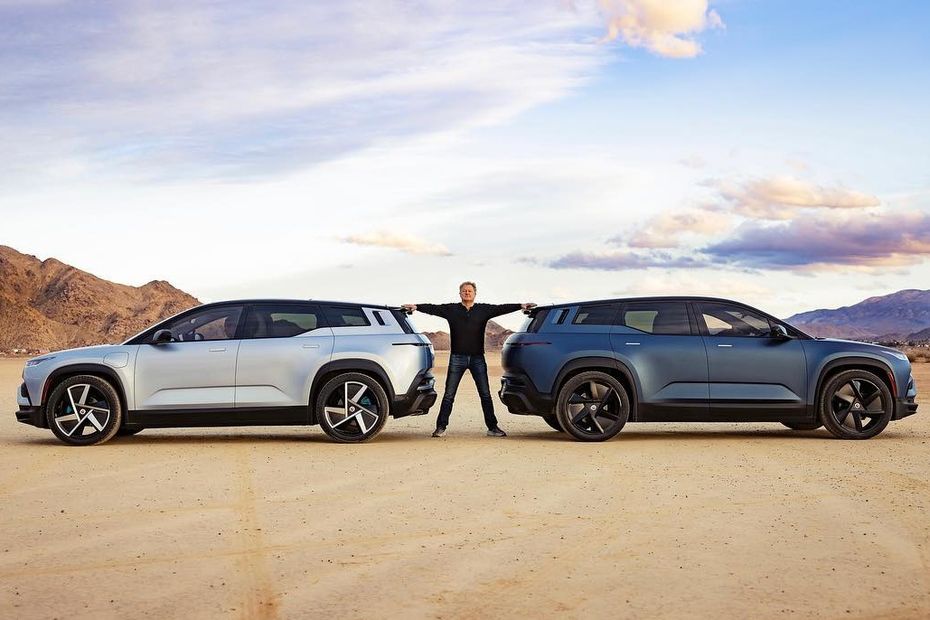
Q: The PEAR is obviously the next focus after the Ocean. But would you be considering market specific products going forward?
HF: Yeah, I think you know, what, what we are, I'm looking at is always where can we go into a market niche, or a market segment, where we have a chance to offer something different. So with the ocean, we are doing more of a real SUV. And we have some unique things like the largest solar roof in the world that gives 3000 kilometres a year and all that. We are doing such a different vehicle that really doesn't exist in that price range.
So I'm always looking to go into segments where we can really be differentiated. For example, right now, I don't see us making a luxury sedan because there's too many of those already. You got the Tesla, you got the Porsche, you got all these cars, and they're like, all competing. And I don't want to go in that segment, because everybody's already there.
So we're always looking to go into something where there's not too many offerings and what we can be different.
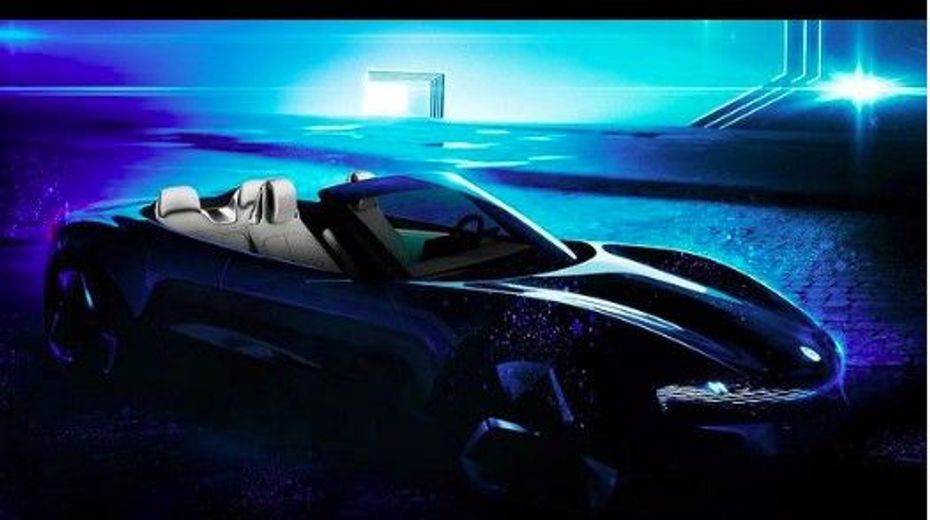
Also read:
Fisker Pear Entry-Level EV Interiors Teased; Debut In Second Half Of 2023
Fisker Ronin Electric GT Sportscar Teased; Prototype Debut In August 2023

Q: Okay. So that will help you stand out as opposed to being another name in the list.
HF: We don't want to be a name on the list and we don't want to make any vehicles that are not differentiated. So for example, one thing that we have at Fisker is when we introduce a car, that car has to have at least four unique features that either nobody has or is best in class. So if you think about it, the Ocean has got the longest range. It has a solar roof that nobody has, it has California mode nobody has with all the windows coming down and the roof open. It's got a rotating 17-inch screen. And we have even a few other things that nobody else had like torque vectoring and few other cool things. Which, you know, makes the car really different.

Renault Extends Standard Warranty On Kwid, Triber, And Kiger To 3...

Hyundai Venue N Line: Taken To The Next Level Of Sportiness

What Makes The Hyundai Exter CNG The Complete Small SUV?

Mahindra BE 6e and XEV 9e: Unleashing An Electric Revolution

Hyundai Exter: Welcome To The New World Of Thrills And Technology

Hyundai Creta Level-2 ADAS Explained, Perfect For Indian Road...

2024 Toyota Camry Launched In India At Rs 48 Lakh; Now...

Hyundai Exter: An Year Long Ownership Experience That Left Us Wanting...

Kia Syros Unveiled Globally As The Most Premium Sub-4m SUV In India

Is The Kia Syros More Compelling Than The Best-selling Hyundai Creta?
India's largest automotive community
 Vayve Mobility Eva
Rs. 3.25 Lakh
Vayve Mobility Eva
Rs. 3.25 Lakh
 BMW X3
Rs. 75.80 Lakh
BMW X3
Rs. 75.80 Lakh
 Hyundai Creta Electric
Rs. 17.99 Lakh
Hyundai Creta Electric
Rs. 17.99 Lakh
 Lotus Emira
Rs. 3.22 Crore
Lotus Emira
Rs. 3.22 Crore
 Lotus Emeya
Rs. 2.33 Crore
Lotus Emeya
Rs. 2.33 Crore